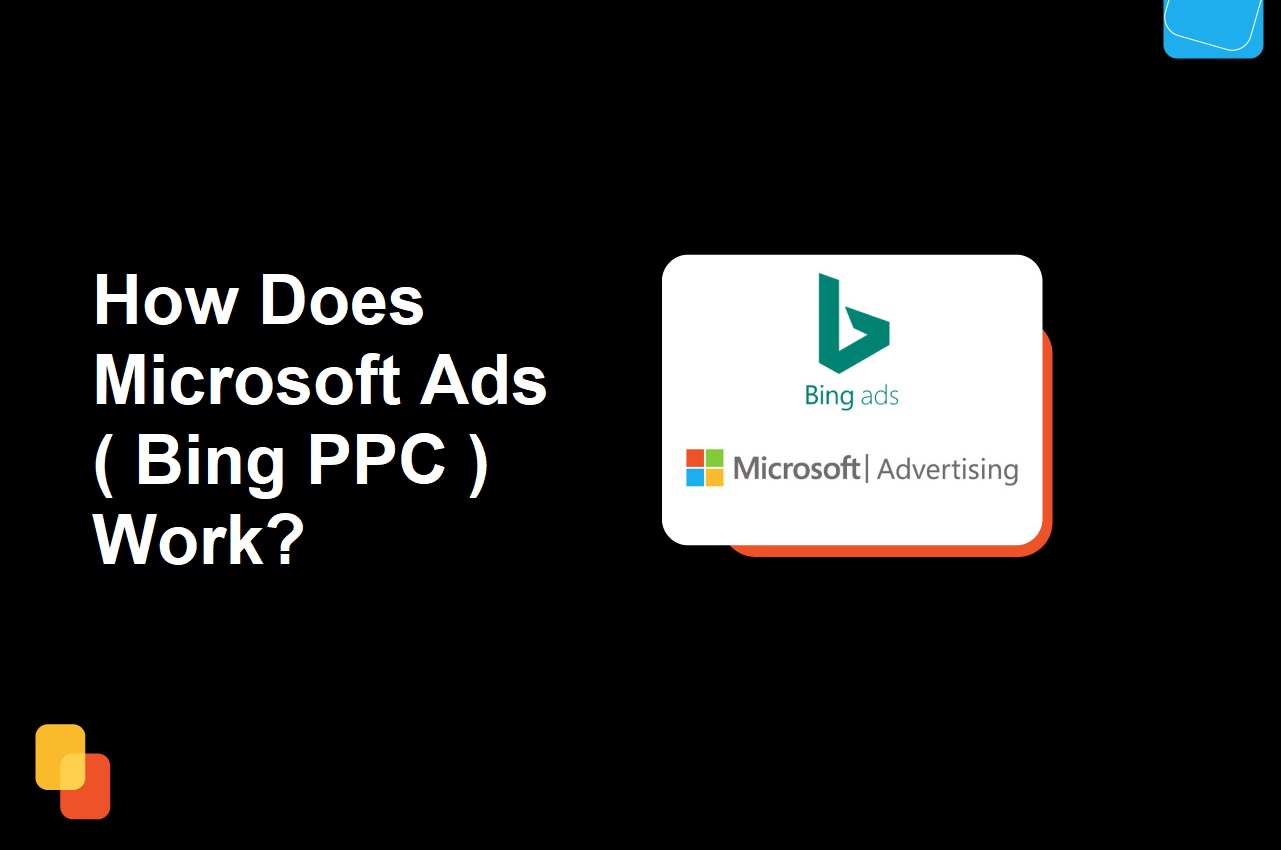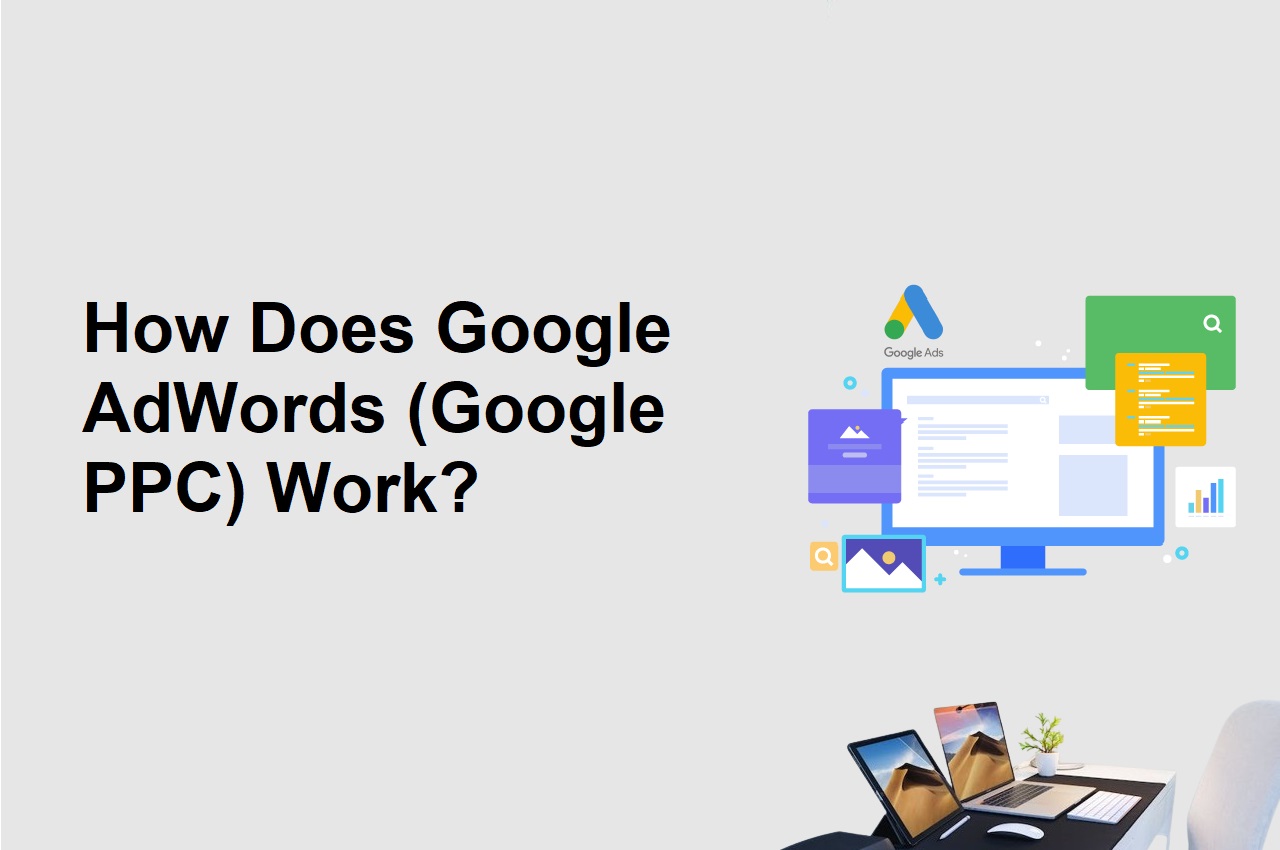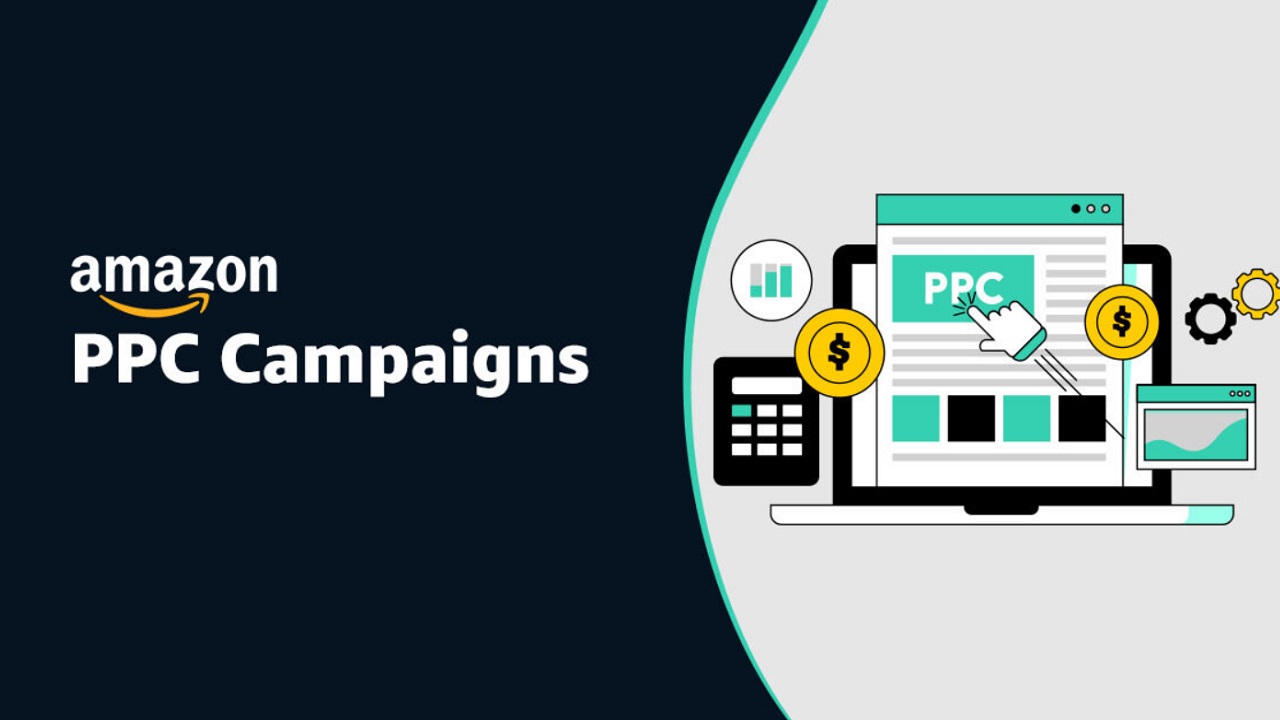How Does Microsoft Ads (Bing PPC) Work?
Microsoft Ads, formerly known as Bing Ads, is a powerful online advertising platform that allows businesses to reach a diverse audience through paid search advertising. This guide will provide a detailed understanding of how Microsoft Ads works, covering fundamental concepts, campaign creation, optimization strategies, and the key components that contribute to the success of Bing PPC campaigns.
I. Introduction to Microsoft Ads
A. Definition and Overview
Microsoft Ads is an advertising platform developed by Microsoft, providing businesses with the opportunity to display ads on the Bing search engine, Yahoo, and partner websites. Similar to Google Ads, Microsoft Ads operates on a pay-per-click (PPC) model, where advertisers pay for clicks on their ads.
B. Importance of Microsoft Ads
- Expanded Reach:
- Microsoft Ads reaches a diverse audience that includes users of Bing, Yahoo, and Microsoft’s partner sites, offering an additional avenue for advertisers.
- Targeted Advertising:
- Advertisers can leverage Microsoft Ads to target specific demographics, locations, and devices, ensuring their ads are seen by relevant audiences.
- Cost-Effective Advertising:
- Microsoft Ads often provides a cost-effective alternative to Google Ads, with potentially lower competition and cost-per-click rates.
II. Core Concepts of Microsoft Ads
A. Pay-Per-Click (PPC) Model
- Cost Structure:
- Advertisers pay only when a user clicks on their ad, making it a cost-effective advertising model.
- Ad Rank:
- Similar to Google Ads, ad rank in Microsoft Ads is determined by bid amount, ad quality, and other factors.
B. Keywords and Match Types
- Keyword Selection:
- Advertisers choose keywords relevant to their products or services.
- Match Types:
- Match types (broad match, phrase match, exact match) control how closely a user’s search must match the chosen keywords for the ad to appear.
C. Ad Groups and Campaign Structure
- Ad Group Organization:
- Ad groups group together related keywords and ads for better organization and relevance.
- Campaign Structure:
- Campaigns house ad groups and allow advertisers to set specific parameters, including budget and targeting options.
D. Ad Formats
- Text Ads:
- Standard ads with headlines, display URLs, and descriptions.
- Product Ads:
- Showcase product listings directly in search results, including images and pricing information.
III. Setting Up a Microsoft Ads Campaign
A. Microsoft Ads Account Creation
- Microsoft Account:
- Advertisers need a Microsoft account to access the Microsoft Ads platform.
- Campaign Creation:
- Advertisers set up campaigns by defining objectives, budgets, and other parameters.
B. Keyword Research and Selection
- Keyword Planning:
- Use Microsoft’s Keyword Planner to discover relevant keywords and estimate their performance.
- Negative Keywords:
- Exclude irrelevant terms through negative keywords to improve ad targeting.
C. Ad Copywriting
- Compelling Ad Copy:
- Craft engaging headlines and descriptions to attract users and communicate value.
- Ad Extensions:
- Enhance ads with extensions like site links, callouts, and structured snippets for additional information.
D. Budget and Bidding Strategy
- Daily Budget:
- Set a daily budget to control campaign spending.
- Bidding Strategy:
- Choose a bidding strategy based on campaign goals, such as manual bidding, automated bidding, or target CPA.
E. Ad Schedule and Targeting Options
- Ad Schedule:
- Specify the days and times when ads should be displayed.
- Targeting Options:
- Define target locations, demographics, and devices to narrow down the audience.
IV. Optimization Strategies for Microsoft Ads
A. Ad Performance Monitoring
- Microsoft Ads Dashboard:
- Use the Microsoft Ads dashboard to monitor key metrics such as click-through rate (CTR), conversion rate, and cost-per-click (CPC).
- Analytics Integration:
- Integrate analytics tools to gain deeper insights into user behavior on the website.
B. A/B Testing
- Ad Variations:
- Test different ad variations to identify high-performing elements.
- Landing Page Testing:
- Experiment with different landing page layouts to improve conversion rates.
C. Quality Score Improvement
- Relevance and Click-Through Rate:
- Improve ad relevance and click-through rate to enhance Quality Score.
- Keyword and Ad Alignment:
- Ensure keywords align with ad copy for better Quality Score.
D. Bid Adjustments
- Device Bid Adjustments:
- Adjust bids based on device performance (desktop, mobile, tablet).
- Location and Demographic Adjustments:
- Optimize bids for specific locations and demographics.
E. Conversion Tracking
- Implementation:
- Set up conversion tracking to measure the effectiveness of campaigns.
- Attribution Models:
- Choose an attribution model to understand how different touchpoints contribute to conversions.
V. Advanced Strategies for Microsoft Ads
A. Remarketing Campaigns
- Audience Segmentation:
- Segment audiences based on user behavior for more targeted remarketing.
- Dynamic Remarketing:
- Display personalized ads featuring products users have viewed on the website.
B. Microsoft Shopping Campaigns
- Product Feed Optimization:
- Optimize the product feed for accurate and relevant product information.
- Automated Bidding:
- Utilize automated bidding strategies for Microsoft Shopping campaigns.
C. Local Ads
- Local Business Promotion:
- Local Ads are designed for businesses targeting a specific geographic area.
- Location Extensions:
- Include location extensions to provide additional business information.
VI. Challenges and Troubleshooting in Microsoft Ads
A. Ad Performance Challenges
- Low CTR and Quality Score:
- Address low CTR and Quality Score through ad optimization and relevance improvements.
- High CPC and Budget Constraints:
- Manage high CPC by refining targeting, improving Quality Score, and optimizing bids.
B. Ad Disapprovals and Policy Violations
- Ad Content Compliance:
- Ensure ad content complies with Microsoft’s advertising policies to prevent disapprovals.
- Policy Updates:
- Stay informed about policy updates and adjust ads accordingly.
C. Competitor Analysis
- Competitive Bid Analysis:
- Analyze competitors’ bids and ad strategies for better positioning.
- Ad Copy Differentiation:
- Differentiate ad copy from competitors for a unique value proposition.
VII. Future Trends in Microsoft Ads
A. Automation and Machine Learning
- Smart Bidding:
- Increased reliance on automated bidding strategies for efficiency.
- Ad Customization:
- Dynamic ad customization using machine learning for personalized user experiences.
B. Integration with Artificial Intelligence (AI)
- Responsive Search Ads:
- Utilization of AI to create and optimize ads dynamically.
- Automated Ad Suggestions:
- AI-generated ad suggestions for improved performance.
C. Video Advertising Growth
- Microsoft Audience Network:
- Expansion of video advertising on the Microsoft Audience Network.
- Interactive Video Content:
- Introduction of more interactive video ad formats for user engagement.
VIII. Conclusion
Microsoft Ads presents a valuable opportunity for businesses to expand their online presence and reach a diverse audience. From campaign setup and keyword selection to ongoing optimization and staying ahead of emerging trends, mastering Microsoft Ads requires a strategic and adaptable approach. As you embark on your journey to navigate the intricacies of Microsoft Ads, may your campaigns be highly targeted, your ads compelling, and your business flourish in the competitive landscape of digital advertising.


